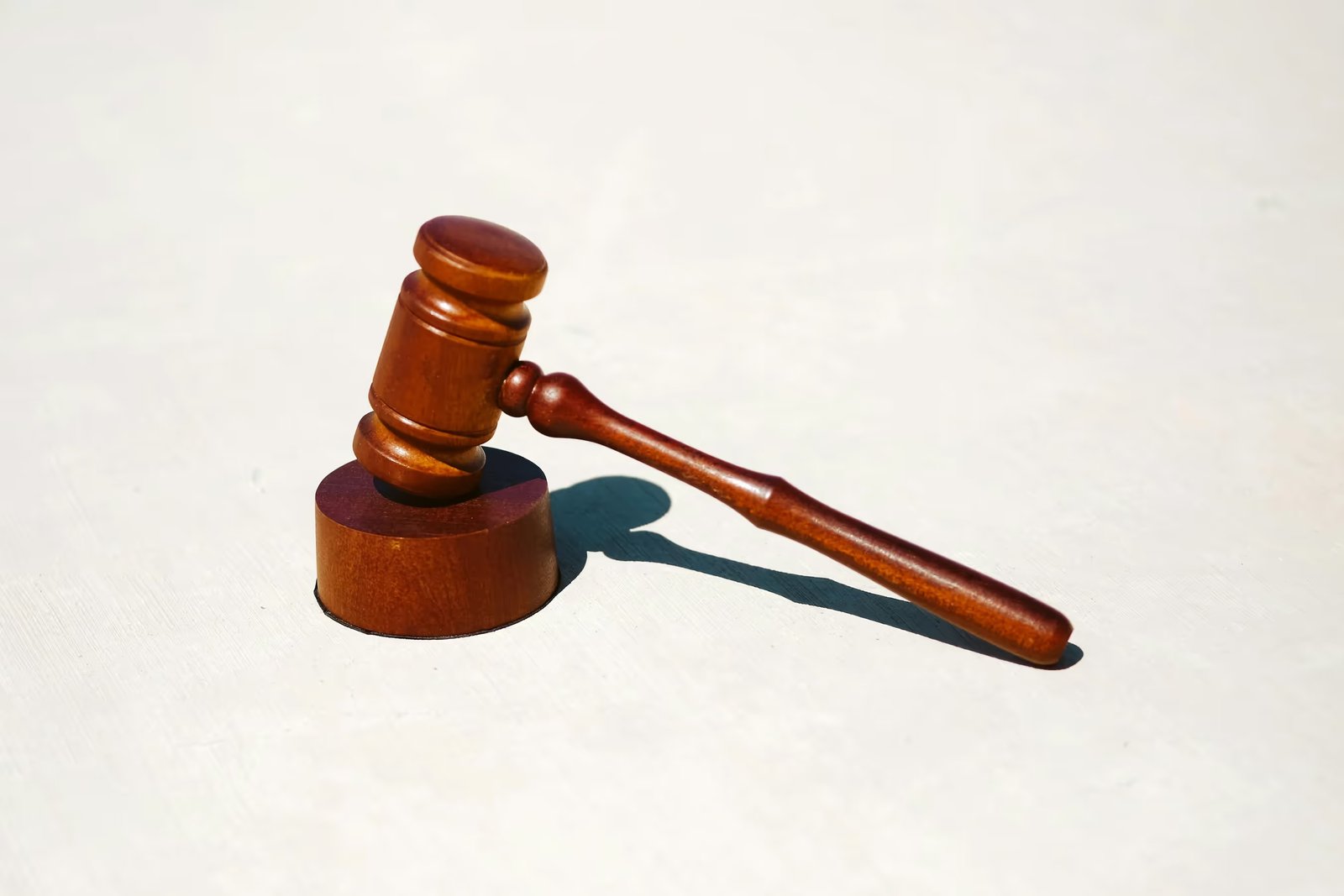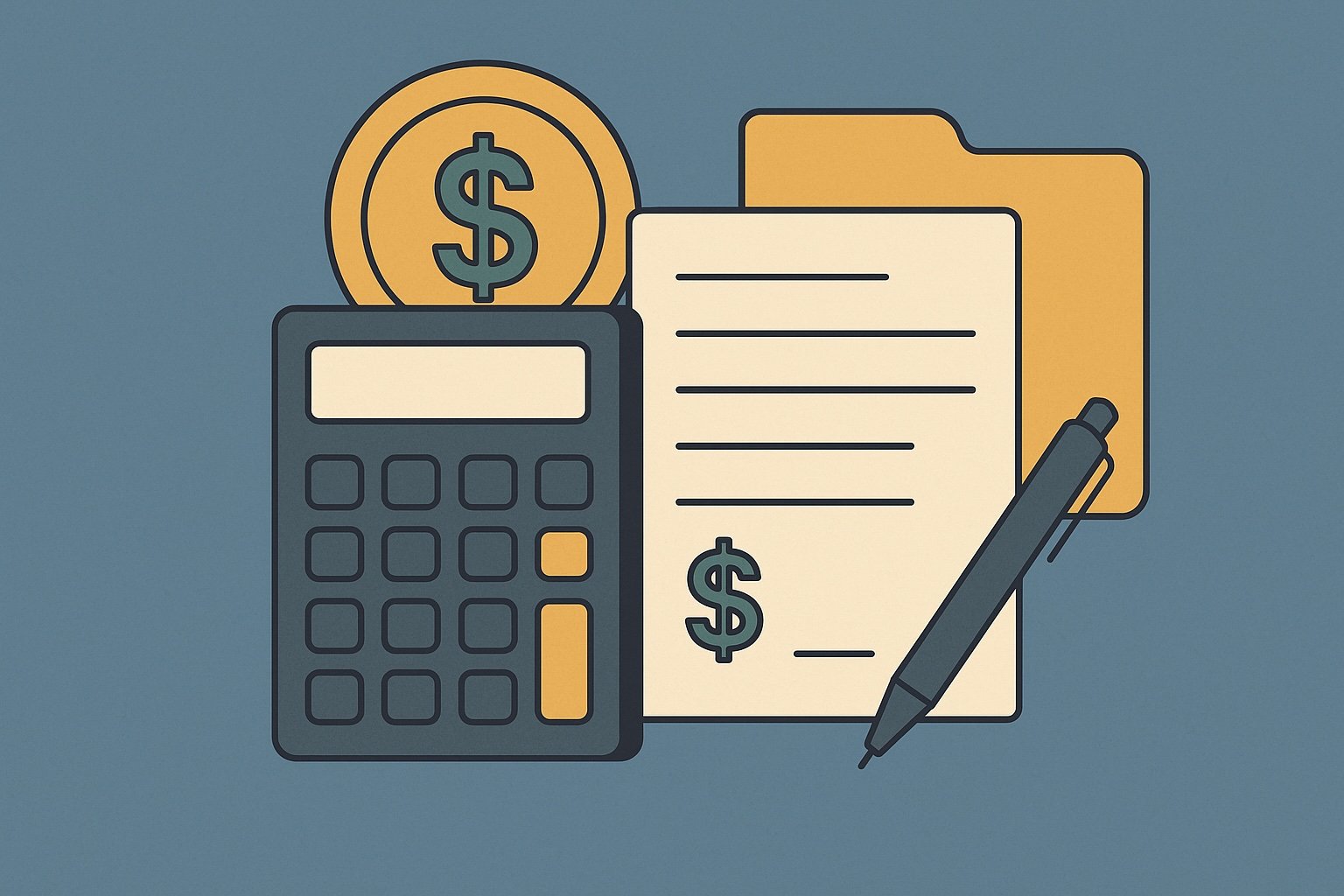Question
ARTE's Answer
Reporting a 1031 exchange on your tax return involves several steps and requires careful attention to detail to ensure compliance with IRS regulations. Here's a comprehensive guide to help you navigate the process, including an example to illustrate the steps.
- Use IRS Form 8824: The primary form used to report a 1031 exchange is IRS Form 8824, "Like-Kind Exchanges." This form helps you calculate the realized gain, recognized gain, and the basis of the replacement property.
- Complete Part I - Information on the Like-Kind Exchange:
- Line 1: Describe the relinquished property and the replacement property. Include details such as the address or a description of the property.
- Line 2: Enter the date you transferred the relinquished property.
- Line 3: Enter the date you identified the replacement property. This must be within 45 days of the transfer of the relinquished property.
- Line 4: Enter the date you received the replacement property. This must be within 180 days of the transfer of the relinquished property or by the due date of your tax return, including extensions, whichever is earlier.
- Complete Part II - Related Party Exchange Information: If your exchange involves a related party, you must provide additional information. This section ensures compliance with specific rules regarding exchanges with related parties.
- Complete Part III - Realized Gain or (Loss), Recognized Gain, and Basis of Like-Kind Property Received:
- Line 12: Enter the fair market value of the relinquished property.
- Line 13: Enter the adjusted basis of the relinquished property.
- Line 14: Calculate the realized gain or loss by subtracting the adjusted basis from the fair market value.
- Line 15: Enter any cash or non-like-kind property received (boot).
- Line 16: Calculate the recognized gain, which is typically the lesser of the realized gain or the boot received.
- Line 18: Calculate the basis of the replacement property by adjusting the basis of the relinquished property for any gain recognized and any boot received.
- Attach Form 8824 to Your Tax Return: Once completed, attach Form 8824 to your tax return (Form 1040) for the year in which the exchange was completed.
Example: Let's say you sold a rental property for $500,000, which you originally purchased for $300,000. You used Deferred.com as your qualified intermediary to facilitate the exchange. You identified and acquired a replacement property worth $500,000 within the required time frames.
- Realized Gain: $500,000 (sale price) - $300,000 (adjusted basis) = $200,000
- Recognized Gain: If no boot was received, the recognized gain is $0.
- Basis of Replacement Property: $300,000 (adjusted basis of relinquished property) + $0 (recognized gain) = $300,000
By using Deferred.com as your qualified intermediary, you ensured that the exchange was structured correctly, allowing you to defer the $200,000 gain and reinvest the full proceeds into the new property. This deferral helps you maintain your investment capital and potentially grow your wealth over time.
Remember, while this example provides a general framework, each 1031 exchange can have unique circumstances. It's always advisable to consult with a tax professional to ensure accurate reporting and compliance with IRS regulations.
Have more questions? Call us at 866-442-1031 or send an email to support@deferred.com to talk with an exchange officer at Deferred.
Sources
- What To Do About Exchange Expenses in a Section 1031 Exchange? (Article)
- Rev. Rul. 2002-83 (Related Party Exchanges)
- Goolsby v. Commissioner
- Deferring Losses On The Sale of Property Using 1031 Exchanges
- TAM 200039005 (Failed Reverse Exchanges)
- TAM 200039005 (Failed Reverse Exchanges)
- TD 8535 (Like-Kind Exchanges of Real Property-Coordination with Section 453)
- CHRISTENSEN v. COMMISSIONER, INT. REV
1031 Question? Ask ARTE
Deferred's AI 1031 Research Assistant is trained on 8,000+ pages of US tax law and outperforms human CPAs by 22%+
CHAT NOW
Learn More
See more frequently asked questions about 1031 exchanges








